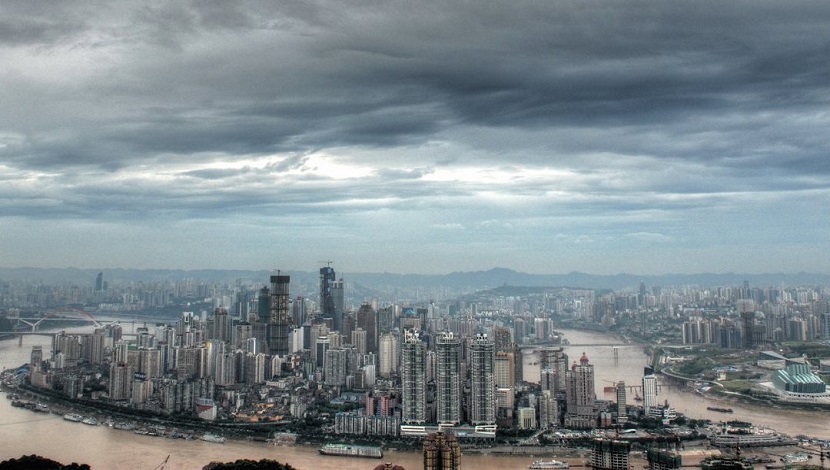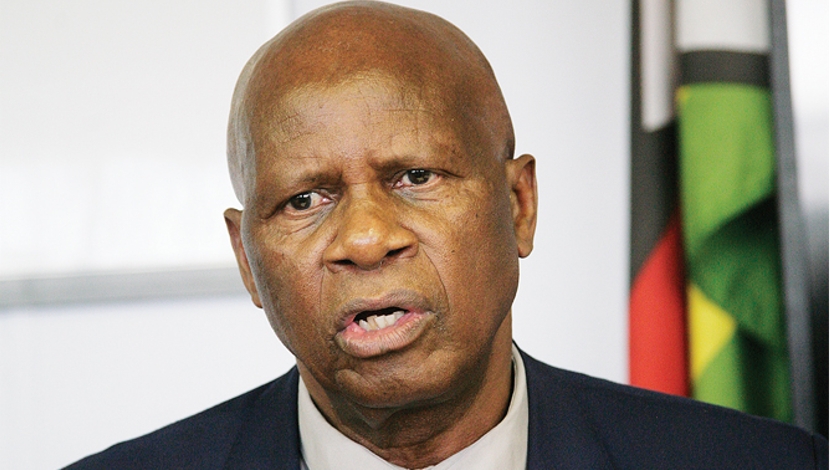

China will have to spend $1 trillion over the next five years to alleviate the environmental stress brought by the country’s rapid industrialisation and meet its target of reducing greenhouse gas emissions after 2030, according to a report published last week.
The report was written by Energy Foundation China, the Chinese Renewable Energy Industries Association, and Chicago-based Paulson Institute. Bloomberg Philanthropies was among the research partners.
It argues that about a quarter of $1 trillion should be spent on promoting the design and construction of low carbon buildings, and retrofitting the existing stock backed up by a reform of building codes and a third-party rating system.
The remaining cash would be aimed at energy generation and transport.
The aim would be to spur greener policies with the aid of financial carrots and regulatory sticks. Wang Zhigao, city programme director at Energy Foundation China, and the author of the transport section of the report, said: “Financing models such as public–private-partnership (PPPs) can help diversify sources of funding and secure more investments for low-carbon transportation projects”.
Three years ago the Chinese government introduced a system of four colour alerts to deal with air pollution. In December 2015, the government issued its first ever “red alerts” in Beijing after particulate in the air exceeded 172 micrograms per cubic metre. This forced 2,100 factories to suspend or reduce production, shut down schools, and restricted the number of vehicles on the road.





